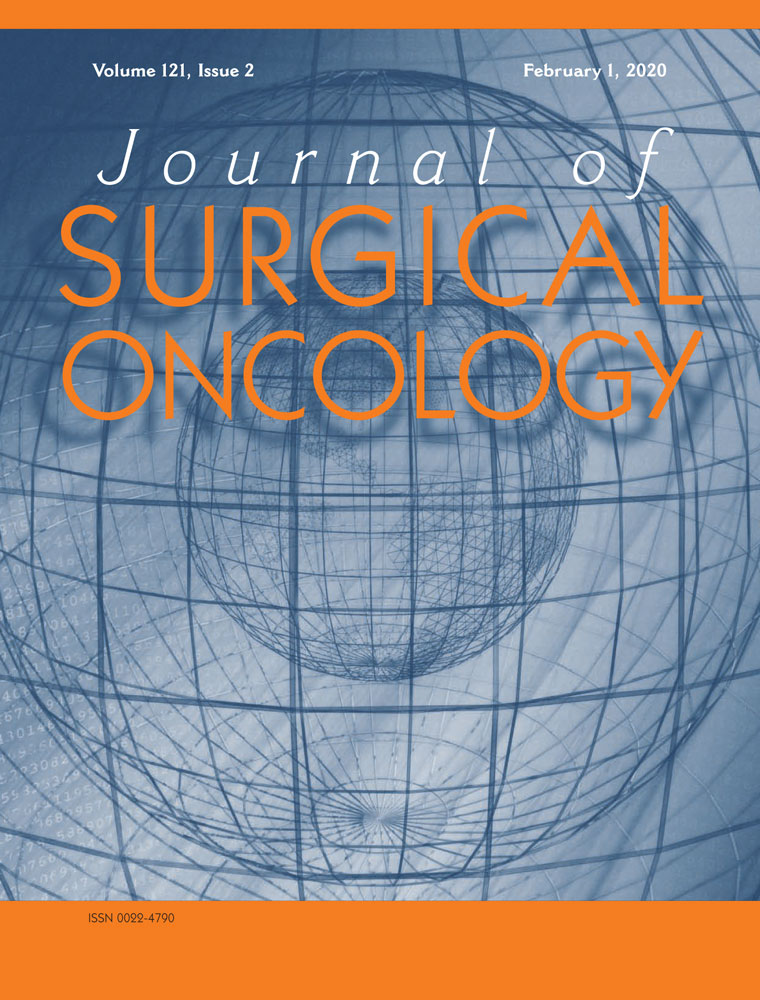Simplified preoperative tool predicting discharge destination after major oncologic gastrointestinal surgery
Abstract
Background
Preoperatively identifying patients who will require discharge to extended care facilities (ECFs) after major cancer surgery is valuable. This study compares existing models and derives a simple, preoperative tool for predicting discharge destination after major oncologic gastrointestinal surgery.
Methods
The American College of Surgeon National Surgical Quality Improvement datasets were used to evaluate existing risk stratification and frailty assessment tools between the years 2011 and 2015. A novel tool for predicting discharge to ECF was developed in the 2011-2015 dataset and subsequently validated in the 2016 dataset.
Results
Major resections were analyzed for 61 683 malignancies: 6.9% esophagus, 5.3% stomach, 20.0% liver, 21.0% pancreas, and 46.8% colon/rectum. The overall ECF discharge rate was 9.1%. The American Society of Anesthesiologist score, 11-point modified frailty index (mFI), and 5-point abbreviated modified frailty index (amFI) demonstrated only moderate discrimination in predicting ECF discharge (c-statistic: 0.63-0.65). In contrast, our weighted cancer cancer abbreviated modified frailty index (camFI) score demonstrated improved discrimination with c-statistic of 0.73. The camFI displayed >90% negative predictive value for ECF discharge at every operative site.
Conclusion
The camFI is a simple tool that can be used preoperatively to counsel patients on their risk of ECF discharge, and to identify patients with the least need for ECF discharge after major oncologic gastrointestinal surgery.
CONFLICT OF INTERESTS
The authors declare that there are no conflict of interests.
Open Research
DATA AVAILABILITY STATEMENT
The data that support the findings of this study are available in ACS NSQI.




